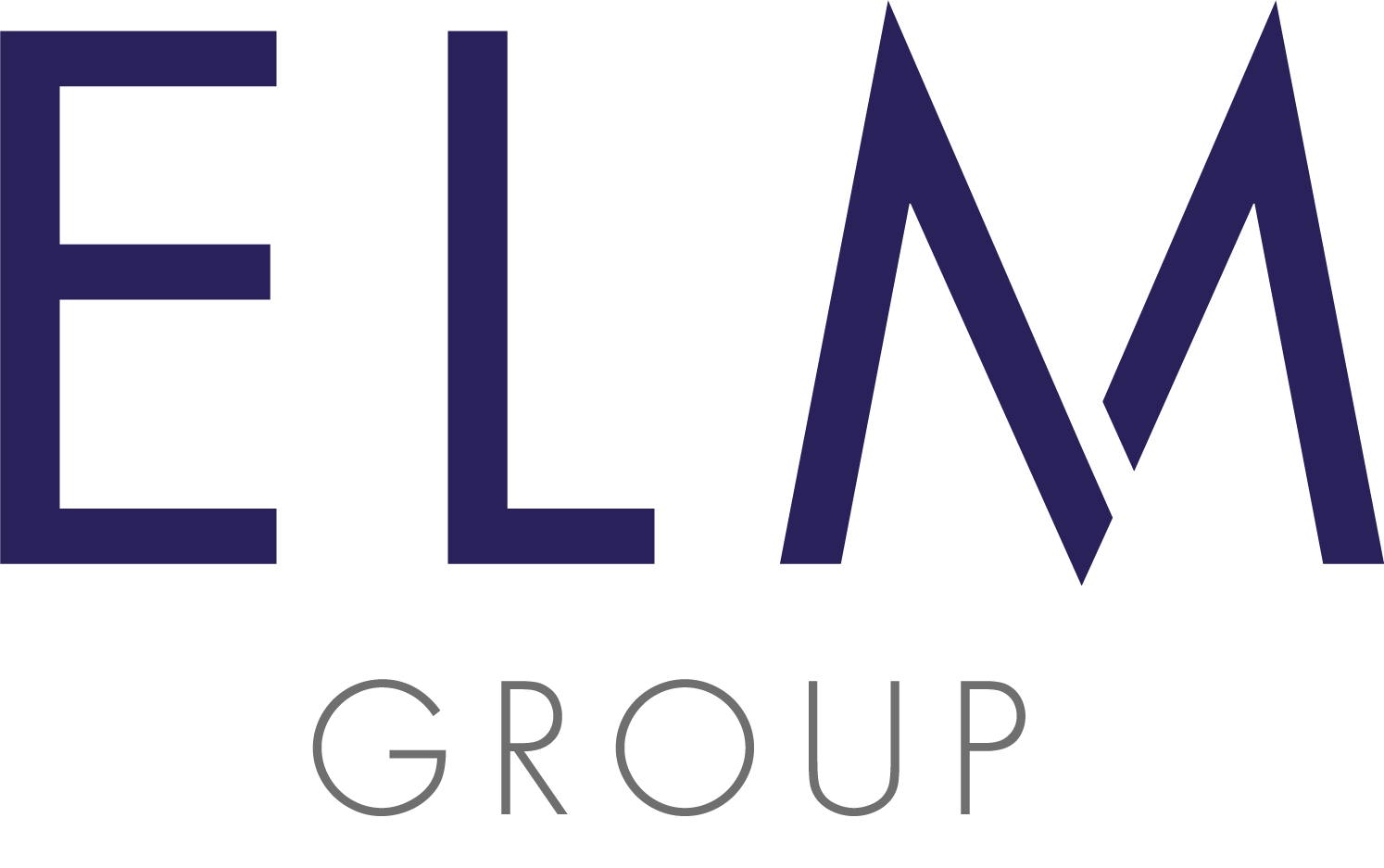A Helpful Guide to Service Charges
Whether you’re new to buying a leasehold property or you’ve lived in a leasehold property for a while and would like to understand more about the particulars of service charge accounts and how your money is used to manage your development, we’ve created this guide to provide a clearer understanding of how it all works.
What is a service charge?
Each year, you contribute to a service charge managed by either ELM Management (ELM) or Retirement Lease Housing Association (RLHA) which has been budgeted to cover the cost of essential shared services at your estate. While the specific services may vary depending on where you live according to your lease, they typically include:
Garden and grounds maintenance
24/7 alarm monitoring via our call centre
Buildings insurance
Staff wages (including relief cover)
General repairs and maintenance
Planning for future maintenance and in some cases improvements.
For a full overview of the services we provide across most developments, please refer to the information sheet titled “Management Services Provided by ELM Management or Retirement Lease Housing Association”, provided in your Purchasers Information Pack. You’ll also find a detailed breakdown of the services specific to your estate in your annual estate budget.
What are Service Charge Accounts?
As a transparent and ethical business, we use service charge accounts to provide residents with regular updates on the accounts and expenditure for their individual estate. The money paid into your service charge account belongs to the estate and the residents and is kept in a dedicated bank account. We are responsible for the management of the service charge funds according to the terms of the lease and the management agreement for your estate. Within 6 months of the end of the Estate’s financial year end the accounts will be sent to you with a full breakdown of expenditure. We will also usually hold a meeting to answer any queries.
What is the Process for Service Charge Accounting?
Service Charge accounting follows a very clear annual process:
The Budget is prepared based on the anticipated Estate expenditure for the coming year and usually presented at a Budget Meeting with leaseholders to discuss and understand the basis on which it has been produced.
Leaseholders will be invoiced for their proportion of the total predicted estate costs, as set out by the lease. This needs to be completed between 30-60 days prior to the start of the billing period in line with the lease stipulations.
The monies are collected from leaseholders and held in the estate bank account which is interest bearing, ready to pay for services and contracted works at the estate, i.e. utilities, gardeners, window cleaners as these arise over the course of the financial year.
At the end of the estate’s financial year, ELM Group’s Finance Team have 6 months to prepare and present residents with the annual accounts. Once prepared and proved by the Finance Team, the accounts are independently audited.
Whilst every effort is made throughout the year to ensure that expenditure within the year is in line with Budget, there can be rare occasions where they can go slightly off course due to the unexpected nature of certain costs and factors outside of our control. However, once the accounts have been audited, any deficit or surplus is treated in accordance with the lease requirements and will either be billed to leaseholders or offset against the next service charge payment.
More background on Service Charge Accounting
Service charge accounting is quite straightforward—it’s mostly about tracking income and expenses. Unlike company accounts, there are no complicated balance sheets with things like fixed assets or depreciation. We prepare these accounts using what's called the "accruals and prepayments" method, which means we match income and expenses to the period they relate to. However, service charge accounts can also be done on a simpler "cash basis," where things are recorded when money comes in or goes out.
Most leases include a Reserve Fund, which is funded by residents through the service charge. We hold this fund separately from the day-to-day service charge money. The lease usually specifies what these funds can be used for, and it’s generally significant one-off items like major redecoration or window replacement. The idea is to build up the Reserve Fund gradually so that when expensive work is needed, the money is already there, avoiding the need for large, unexpected bills. While we aim to make this system work smoothly, it's not perfect. Occasionally, we may need to ask for additional contributions if the Reserve Fund doesn’t fully cover the costs. That said, we do our best to keep those instances as rare as possible.
Compliance and regulation within Service Charge Accounting
Service Charge Accounting is governed by The Landlord and Tenant Act of 1985 and the Commonhold and Leasehold Reform Act 2002, and it must be compliant with the lease unique to each development. Therefore, as you can imagine, the preparation of the accounts requires good legal knowledge and familiarity with the industry.
We are fortunate to have an experienced management accounts team at ELM, who have excellent accounting knowledge with a strong attention to detail. RLHA are also accredited with The Property Institute and follow the guidelines set out by them, which promote best practice.
As a non-profit business rooted firmly in our ethical values, we believe all leaseholders deserve access to a transparent service, and we pride ourselves on serving as a model for best industry practice (we have many industry accolades which support this). There is a key difference when purchasing a leasehold property from us in that everything we do is in the best interest of our leaseholders. This means never taking commission or applying any nasty hidden costs and going above and beyond to ensure leaseholders are getting the best value for money. Last year, our diligent team managed to save leaseholders over £168,000.
If you would like to learn more about how we operate and our values, please visit: https://www.elmgroup.org.uk/about-us-1

